A healthy, vibrant lawn is a source of pride for many homeowners, yet weeds have a way of creeping in and stealing the spotlight. These uninvited plants don’t just disrupt the look of your yard; they also compete with grass for nutrients, sunlight, and water. The challenge lies in tackling them without harming the lawn you’ve worked hard to maintain. Luckily, keeping weeds under control doesn’t always require harsh chemicals or costly treatments. With the right lawn care habits and some thoughtful strategies, you can enjoy a greener, healthier yard that resists weeds naturally while staying lush and inviting year-round.
1. Mow at the Right Height
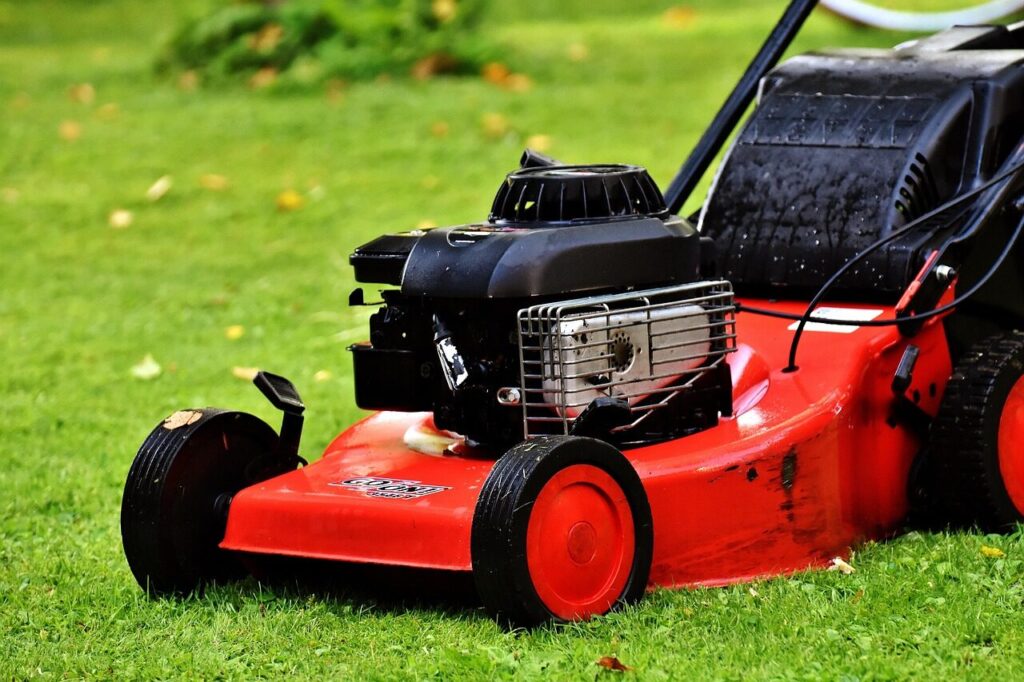
One of the simplest yet most effective ways to discourage weeds is to mow your lawn at the proper height. Grass that is cut too short exposes the soil to sunlight, creating the perfect conditions for weed seeds to germinate. On the other hand, keeping your grass a little taller helps shade the soil, making it harder for weeds to grow. Different grass varieties have specific recommended mowing heights, so it is best to follow guidelines for your particular type. Consistently mowing at the right height strengthens your lawn, helping it naturally crowd out invasive weeds.
2. Water Deeply But Infrequently
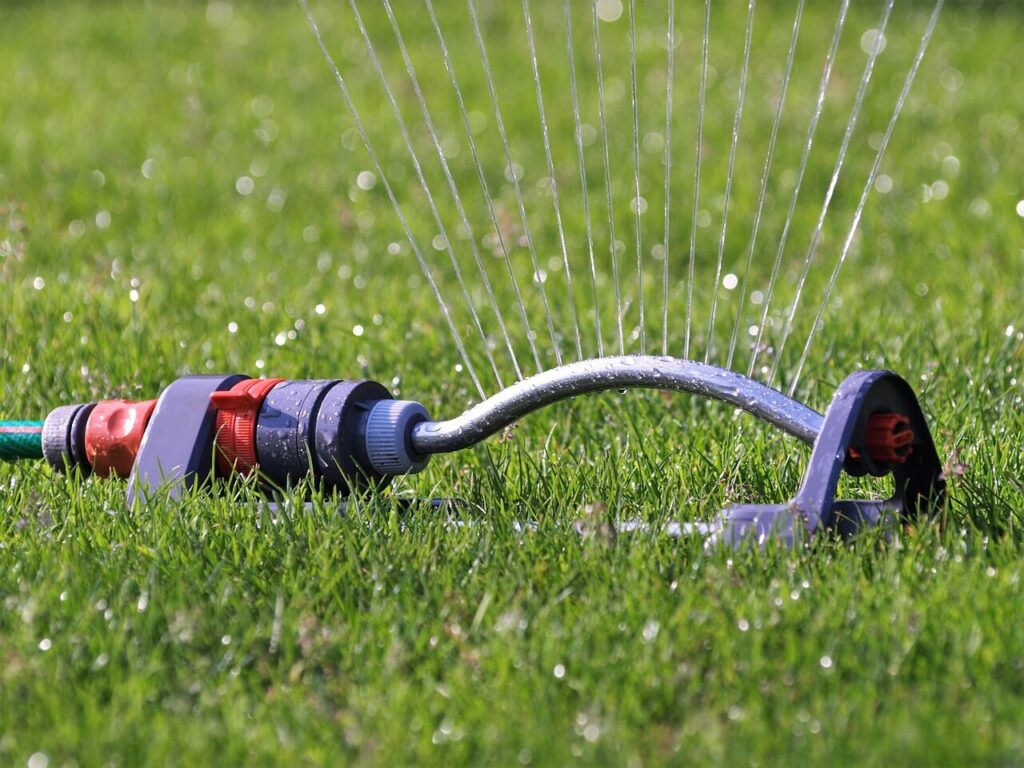
The way you water your lawn plays a big role in weed prevention. Frequent shallow watering encourages shallow root growth, which weakens grass and makes it more vulnerable to weeds. Instead, watering deeply but less often allows water to penetrate the soil, promoting strong root systems that can better compete with invasive plants. Most lawns benefit from about one inch of water per week, applied in a single deep session. Early morning is the ideal time to water, as it allows the grass to absorb moisture before the heat of the day, while also reducing evaporation.
3. Fertilize Wisely
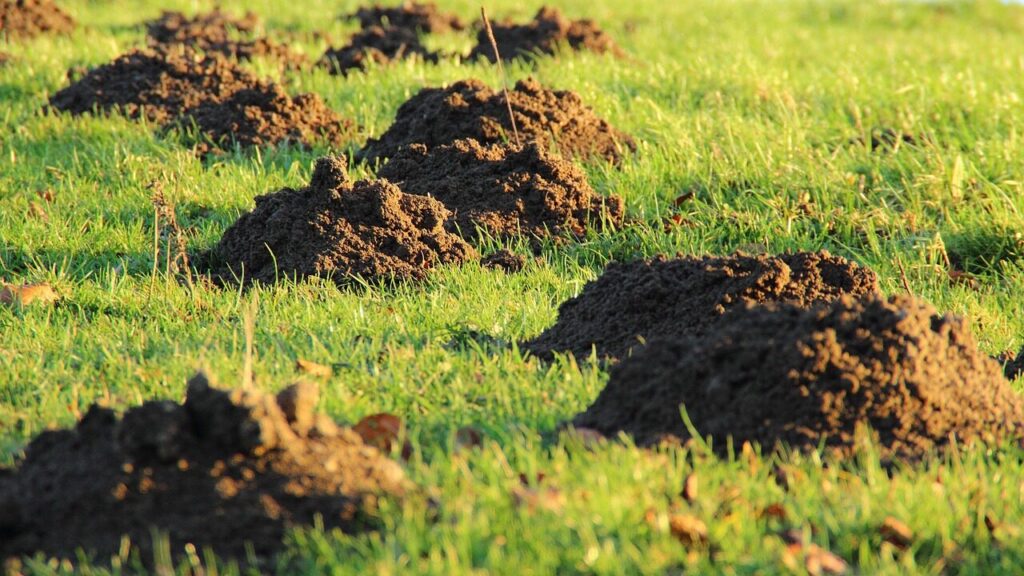
Fertilization gives your lawn the nutrients it needs to thrive, but applying it correctly is key to preventing weeds. When grass is well-fed, it grows thick and dense, leaving little room for weeds to sprout. However, using too much fertilizer or applying it at the wrong time can stress the grass and create weak spots where weeds can sneak in. Choose a balanced fertilizer suited for your grass type and follow seasonal recommendations for application. Fertilizing wisely strengthens your lawn, improves color and resilience, and helps create a natural barrier that keeps weeds from taking over.
4. Remove Weeds by Hand
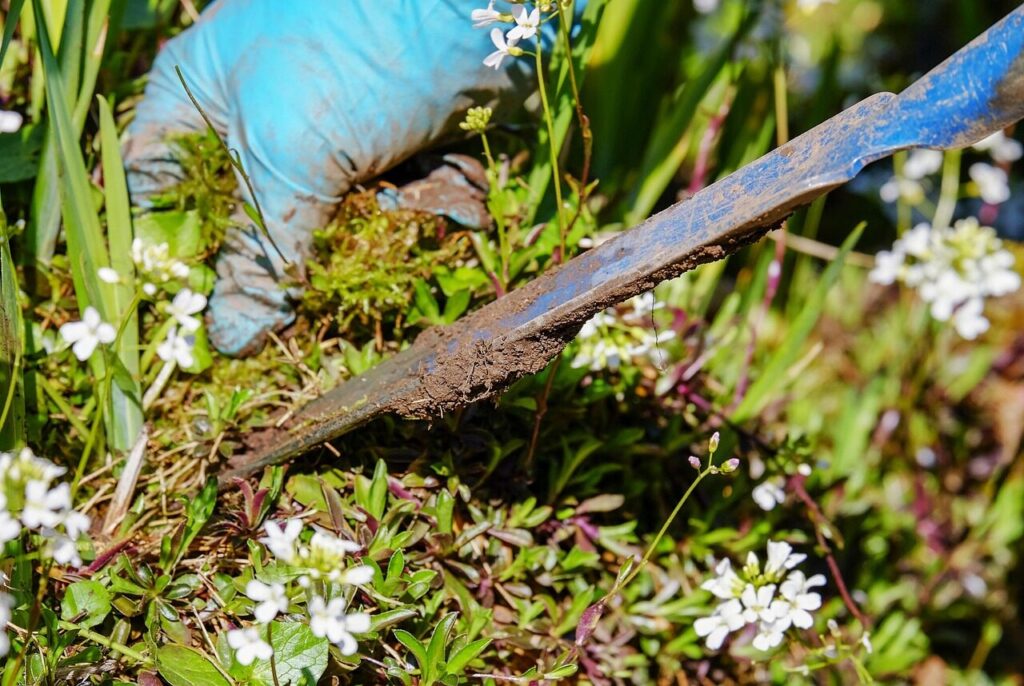
For smaller infestations, hand-pulling weeds remains one of the most effective and eco-friendly methods. The key is to remove the entire root system, as many weeds will grow back if even a small portion of the root is left behind. It is easier to pull weeds after rainfall or watering since the soil is softer and roots come out more cleanly. While this method can take patience and effort, it allows you to target weeds precisely without harming surrounding grass. Regularly checking and removing weeds by hand prevents them from spreading and keeps your lawn looking its best.
5. Use Mulch in Bare Spots
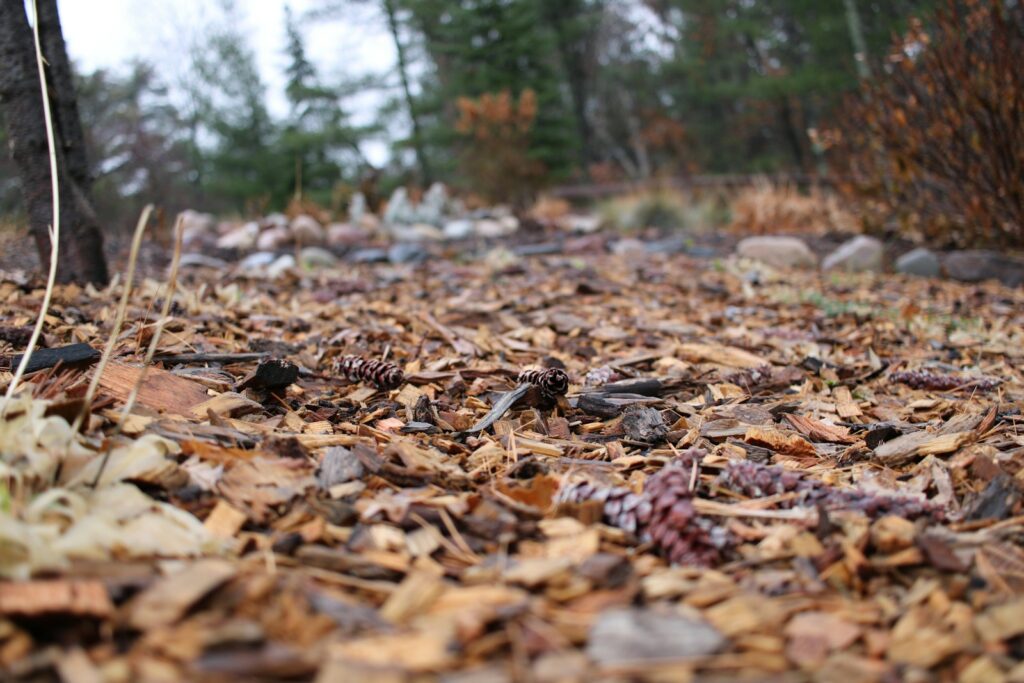
Bare spots in your lawn are like open invitations for weeds to grow, so covering them with mulch is a smart preventative measure. Mulch acts as a barrier, blocking sunlight from reaching weed seeds while also helping the soil retain moisture. Organic mulch options such as wood chips, shredded bark, or composted leaves not only control weeds but also enrich the soil as they break down. Applying mulch around garden edges, trees, or flower beds can help maintain a polished look while reducing the time you spend on weed control. This simple step adds protection and beauty to your yard.
6. Aerate Your Lawn
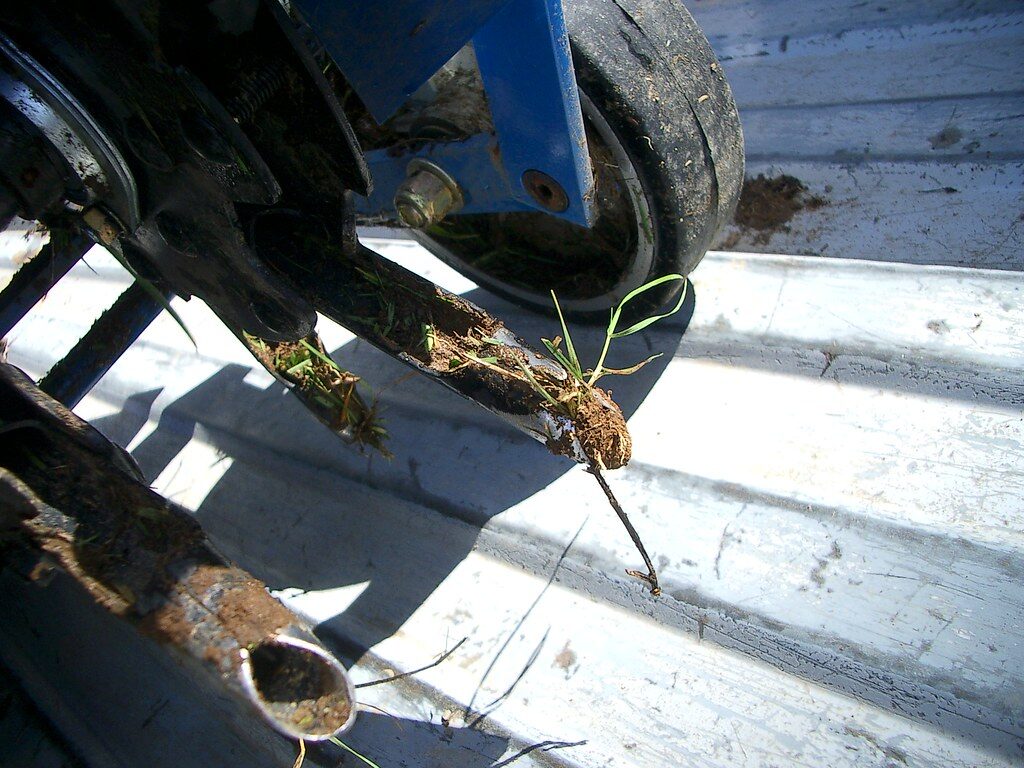
Compacted soil creates the perfect environment for weeds to thrive because grass roots struggle to grow in it. Aerating your lawn solves this problem by allowing air, water, and nutrients to penetrate deeper into the soil. This process involves creating small holes in the ground, which relieves compaction and encourages stronger root development. Healthier roots mean thicker grass that naturally prevents weeds from taking over. Aeration is best done once or twice a year, depending on soil conditions and the type of grass you have. It’s a practical step that benefits overall lawn health while reducing weed problems.
7. Spot-Treat When Needed
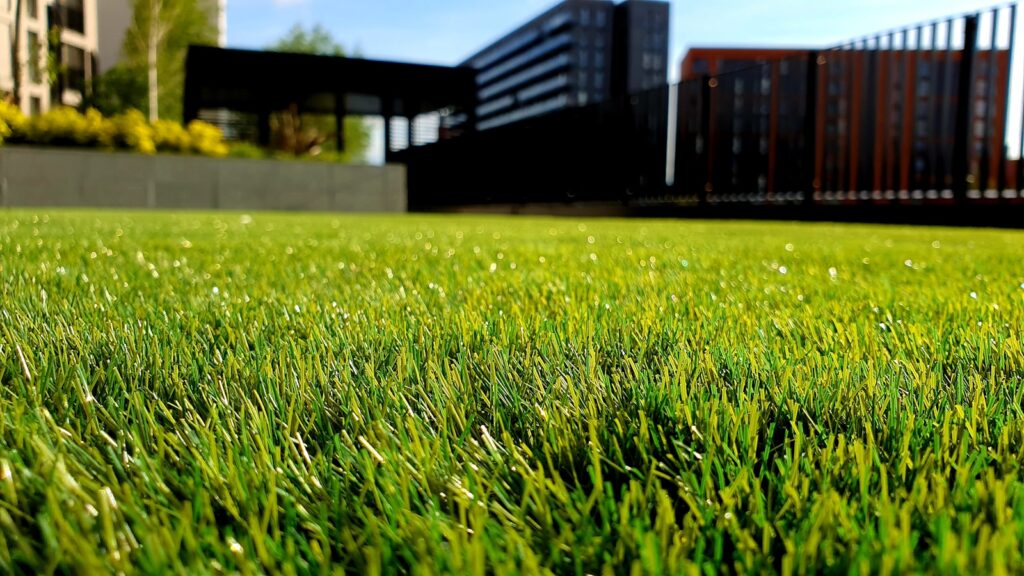
Even with consistent care, some weeds may still pop up, and that’s when spot-treating becomes useful. Instead of applying harsh chemicals across your entire lawn, focus only on the problem areas. There are many selective herbicides available that target weeds without harming grass, but natural alternatives such as vinegar-based sprays can also be effective. Always read product instructions carefully and apply during calm weather to avoid drift onto healthy grass. Spot-treating allows you to address stubborn weeds quickly and efficiently while preserving the overall health and beauty of your lawn, keeping it lush and enjoyable throughout the season.
Comments